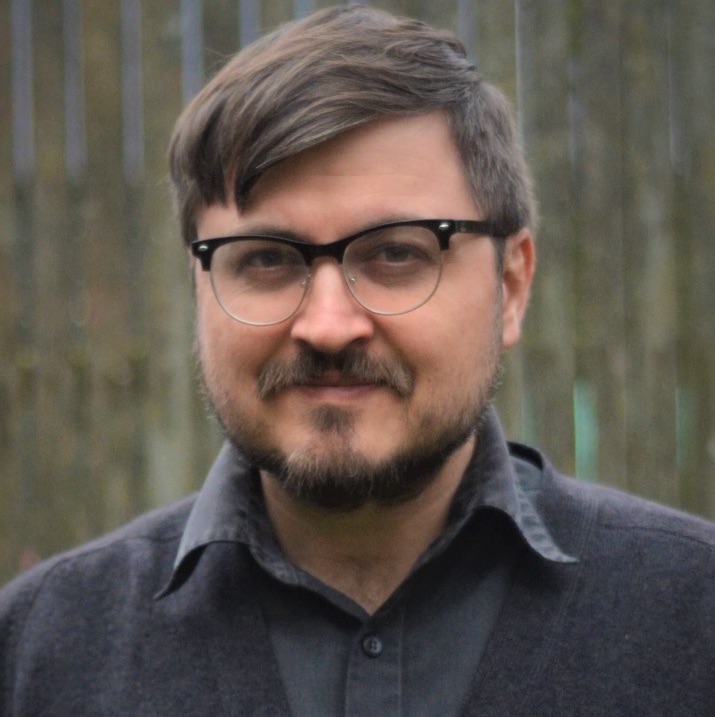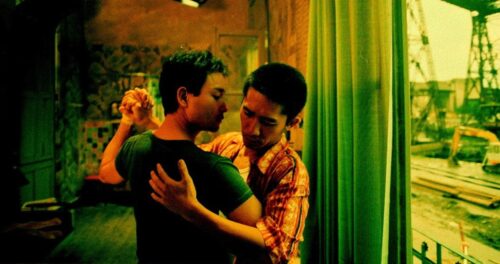‘Nikah’: An astonishing portrait of Uyghur life on the edge of erasure
Filmed in France with a cast and crew of exiled Uyghurs, ‘Nikah’ is aglimpse into the shattering of a culture, and shows us the beauty of Uyghur communal life.
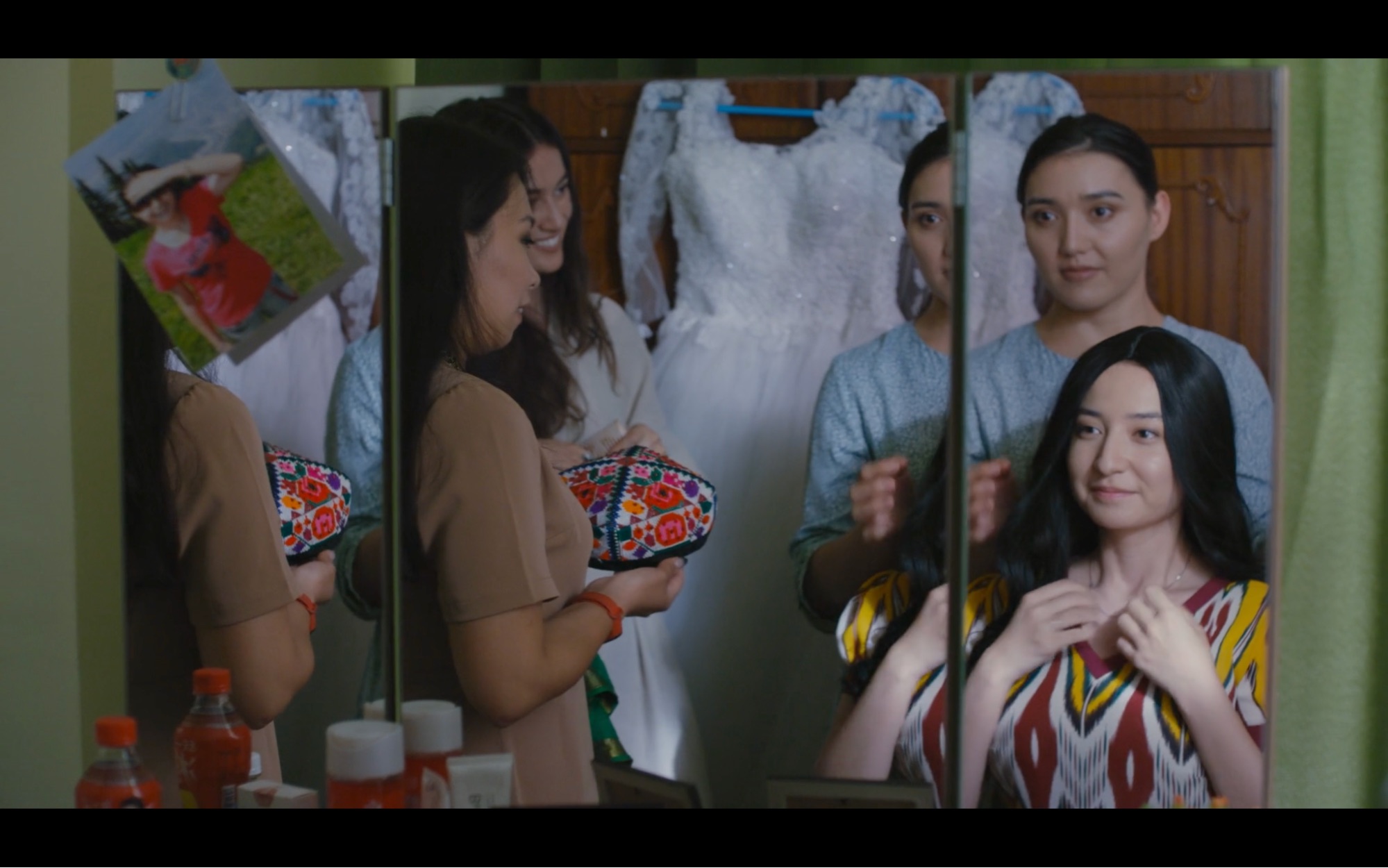
Mukaddas Mijit and Bastien Ehouzan’s Nikah is extraordinary. It is a quiet film, a portrait of a young Uyghur woman and her family living in a Uyghur world in the late 2010s. It is astonishing in its restraint, in the way it remains true to a ground-level view of what it looked and felt like to be on the verge of internment. Nikah is a portrait of the impossible becoming reality.
The story on the surface is a simple one. Two daughters in their twenties, Dilber and Rena, are caught between their own ambitions — careers, travel, love — and community pressures to follow gendered norms dictating what young women should do, whom they should get married to, and the life path of a wife and mother. After the younger sister, Rena, is married to a young man in the community, the pressure builds on the older sister, Dilber, to marry as well — or be lost to old age or, more ominously, as whispers imply, be married off to a Han man.
In 2017, the Chinese state criminalized much of what is portrayed in the film as signs of religious extremism. Drawing on one of the world’s broadest counterterrorism laws and a mandate from Xí Jìnpíng 习近平, police and civil servants began to use face-recognition video surveillance, informants, and torture to “round up those that needed to be rounded up.” Dilber and Rena — plus other characters portrayed in the film — are exactly whom that mandate was for. As viewers, we are placed on the precipice of the largest mass internment of a religious minority since World War II.
But it doesn’t feel that way until the film’s final sequence, when we witness the quiet shattering of the families we have met. This narrative technique, holding in reserve the immense tragedy that is about to emerge, is what makes this film so astonishing. It allows viewers to understand the stakes of that shattering, the absurdity of traditions misread and flattened by digitized anti-Muslim racism. And it also lets the viewer appreciate the extreme beauty of Uyghur communal life.
The director’s attention to form and gesture is what makes the quietness of the film come alive, as a document of not only tragedy unfolding, but also the ethos of Uyghur life: how people uphold the dignity of each other through mutual aid and respect; the way they sit, drink their tea, greet each other, move their bodies in relation to each other. All of it works as choreography of a Uyghur world that has been pared down to essential movements, words, and gestures.
The intimacy portrayed in the film is reminiscent of work by Central Asian and Iranian directors Saodat Ismailova and Mehdi Sahebi, and, in a different key, the Thai director Apichatpong Weerasethakul. All of these sources of inspiration for Mijit and Ehouzan utilize portraits of individuals to show how the intimacy of family and community relations sustain life even as they are constrained by larger social structures. This tension is at the heart of Nikah as well.
What makes this all the more stunning is that while Mijit — who took the lead role in writing and directing the film — is a professionally trained ethnomusicologist, dancer, and choreographer, the actors are non-professionals who are all making their cinematic debut. The fidelity they show to a life they knew before fleeing their homeland is what makes this film truly monumental.

As an ethnographer living in Ürümchi in 2015, I observed this life myself. On Saturdays, I joined groups of young men crowded into the gendered, age-appropriate section of weddings. They were dressed in their nicest shirts, and some even wore suits they had bought just for the occasion. The room often had a strong smell of sweaty feet in thin polyester socks. As we sat there, a molla, or religious leader, would address the young men.
For the next 20 to 30 minutes, the molla would talk about things such as the importance of being disciplined in seeking knowledge from a divine perspective. He might discuss how Islamic practices should help reveal truths about the world, dispelling ignorance and superstitions. He would likely emphasize that Islam, at its core, was about moral principles that should be applied within families and in marriages. To my mind, it was pretty standard messaging for Islamic weddings worldwide. There was no call to jihad or condemnation of the Chinese state.
After his speech, the molla conducted the marriage ceremony, or nikah, reciting a Quranic blessing in Arabic for the couple’s future life together. The recitation, which is what we hear in the film, resonated with Uyghur traditions across time. The young men around me would smile, knowing it was time for the marriage celebration to begin. A parade would wind across town, ending with food, music, and dancing.
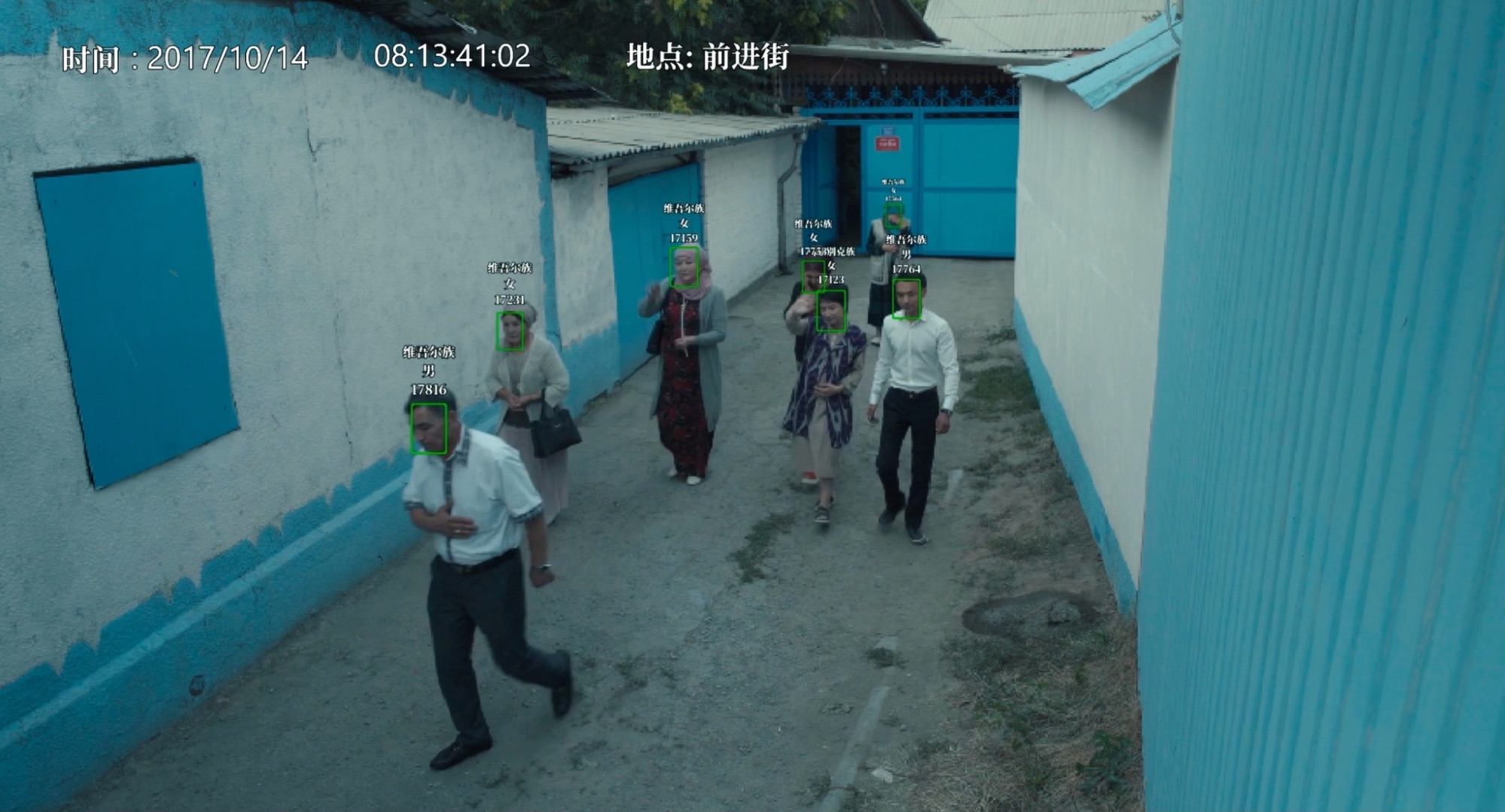
In the film, we view these happy moments through the vantage point of face-recognition cameras. In the logic of the counterterrorism law, all of the hundreds of young men I attended weddings with in 2015, all of them, were extremists. All of the young men who had been there could be accused of receiving illegal religious teachings. Just being present in that room could label us as untrustworthy and requiring “reeducation.” The molla, a religious figure appointed by the government, could face a five-year prison sentence for that 20-minute speech and Quranic recitation.
No one gave it a second thought at the time. And in the film, we see the same unknowingness in the wedding’s guests. It seemed impossible that this could be criminal.

By the end of 2017, a few months after the period portrayed in the film, tens of thousands of Uyghurs and Kazakhs might have been detained for participating in such weddings. Researcher Peter Irwin’s data analysis showed that more than 1,000 imams and mollas have been detained. Internal police documents from Ürümchi that were obtained by The Intercept revealed even more religious figures being detained. Attending these gatherings, something often framed as “disrupting public order,” became a primary reason for detention among non-leaders.
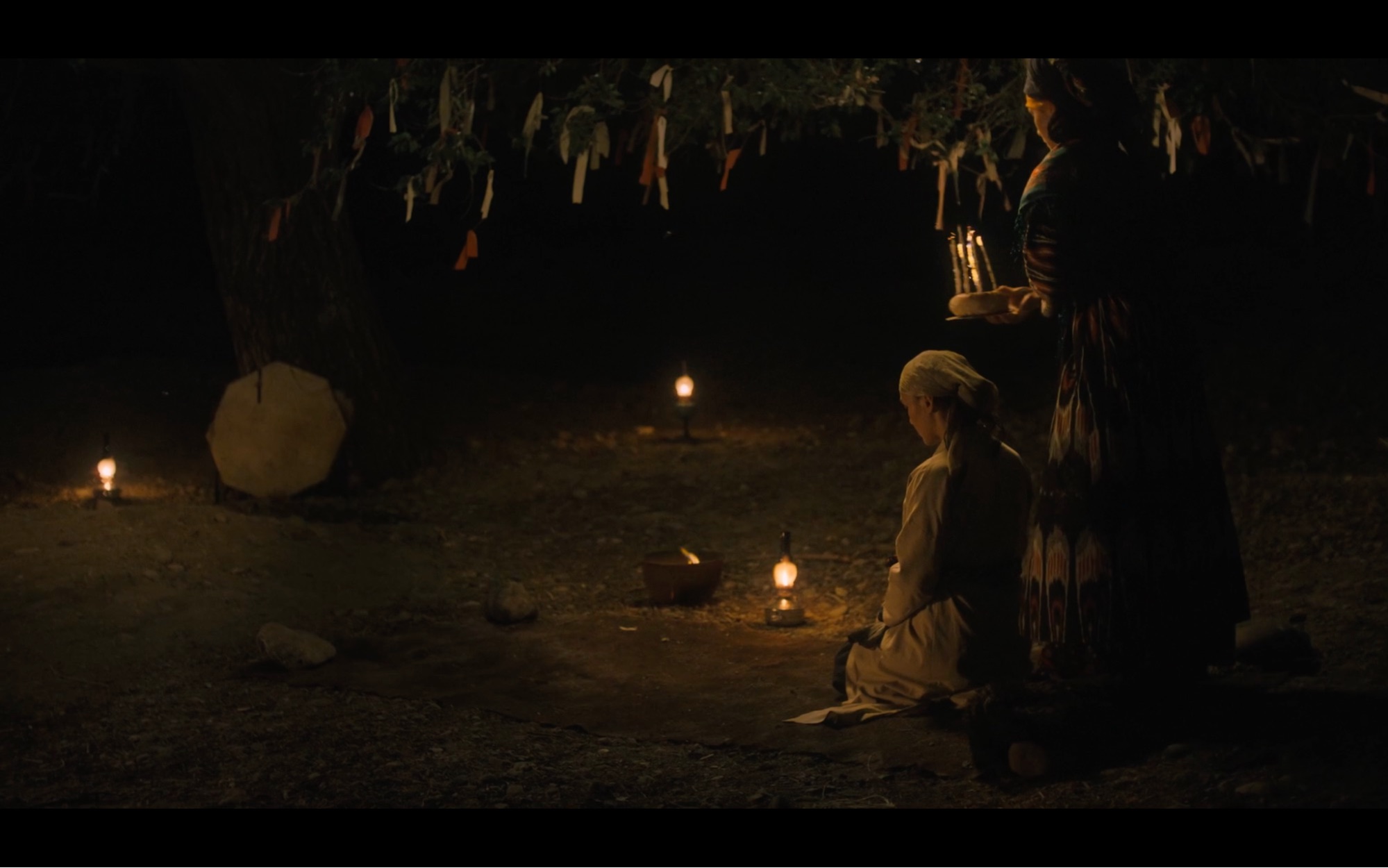
But the mass detentions did not stop there. According to a document published in 2017 by the Xinjiang Justice Ministry, it also targeted female community leaders, the buwi, who prepare the bodies of the dead for the afterlife, soothsayers that tell the future and offer protection from harm, healers that provide treatment for infertility and safety from the evil eye. This shamanic and Islamic figure plays an essential role in the care for the dead, the maintenance of sacred land, and the reproduction of Uyghur life. Their role, it appears, has now been largely eliminated as an active part of Uyghur life by the Chinese counterterrorism campaign. In the film, Mijit herself portrays a buwi, highlighting the stakes in the desecration of Uyghur knowledge-bearers.
The film shows that Uyghur life continues in the diaspora. But the everyday vitality of the Uyghur world, before the impossible became reality, may be forever lost. This is why the fidelity of the world that Mijit — whose grandparents are from Ghulja, where the film is set — and Ehouzan have re-created feels so shattering. They have shown us what was and could have been, and now is impossible.
Nikah is currently being shown in film festivals around the world. In Europe, it is available on demand through the major streaming platform Arte. A U.S.-based major film distributor is currently in talks with the film’s producers regarding further distribution in North America.
